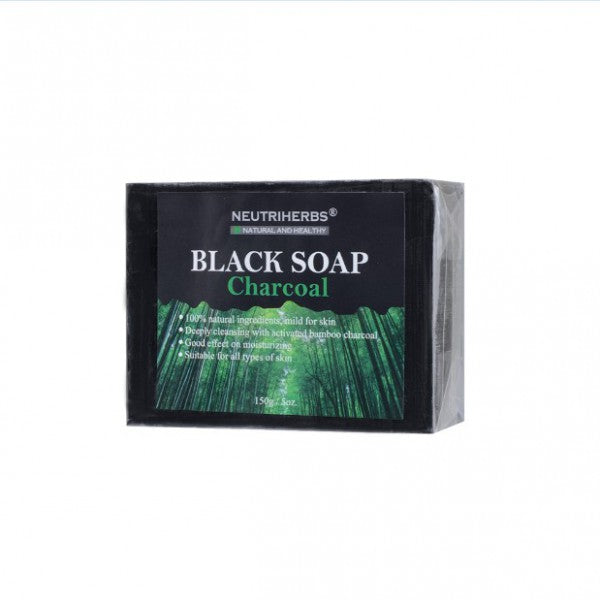
Fungal acne- A hoax?
Do you have acne? Are those pesty little things annoying you to no end? Have you tried everything every beauty blogger recommended to clear your acne? Have you used every OTC treatment(like Salicylic acid, niacinamide, benzoyl peroxide, adapelene to name a few) and did not get the result you were looking for? Stopped using makeup because it looks too cakey and in the end inflames those monsters? Don’t worry. This happens to quite a lot of of people. Now, if you have tried everything for your acne and it did not work, it is possible that you do not merely have acne but a skin infection- Fungal acne.
What is the difference between the two, you ask?
Well, your basic acne is caused by a bacteria called Propionibacterium acnes (P. acnes). When a hair follicle is plugged up with dead skin cells and oil (produced from your sebaceous glands), this bacteria present on the skin infects it. This causes acne. Though you can get acne at any age, the sebaceous glands are more active in puberty, hence puberty acne is very common.
Fungal acne is actually a misnomer. It is not a type of true acne. It is caused by a fungus Malassezia, but it is not a type of acne. The scientific name for this infection is pityrosporum folliculitis or malassezia folliculitis. This happens due overgrowth of yeast inside the hair follicles. Typically, Yeast and bacteria are always present on your skin, but the fine balance of sebum does not allow the growth of either. If this balance is disturbed, the result is infection.
You might be wondering: How do I know if I have true acne or Fungal acne? The painful way to find out is if it does not respond to any of the acne treatments. Here is a small table to differentiate:
| Pityrosporum folliculitis | Acne | |
| How does it feel? | Fungal acne is very itchy but not really painful. It flares up due to sweating or hot weather. | True acne is usually painful and not always itchy. |
| What does it look like? | These are clusters of bumps and are usually of similar size. | The size of Acne varies a lot and they are always pus-filled. |
| Where does it occur? | On your T-zone, back, chest and arms. | Can occur all over your face, neck, chest and back |
How can you treat Pityrosporum folliculitis or Fungal acne?
- As this type of infection flares up due to sweat and heat, avoid hot places like saunas and steams.
- After you work-out, immediately take a shower to avoid the fungus from growing. The sweat you develop during the exercise is an ideal place for the growth of yeast. Using an anti-fungal bodywash is an added advantage. There are many anti dandruff shampoos with Pyrithione zinc or ketoconazole available in the market. If your fungal acne is focused only on your forehead, it may be due to dandruff.
- Take care of your diet. The ideal condition for the yeast to thrive is the presence of sugar and hot and humid weather. So try to maintain the sugar lever in your diet. Also, try to reduce bakery items like bread, buns, etc which contain yeast.
- If nothing works, be sure to visit a dermatologist. He may give you a prescription of oral anti-fungal tablets and a personalised skin routine tailored just for you.


